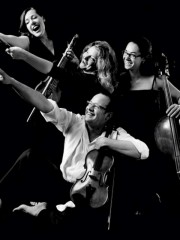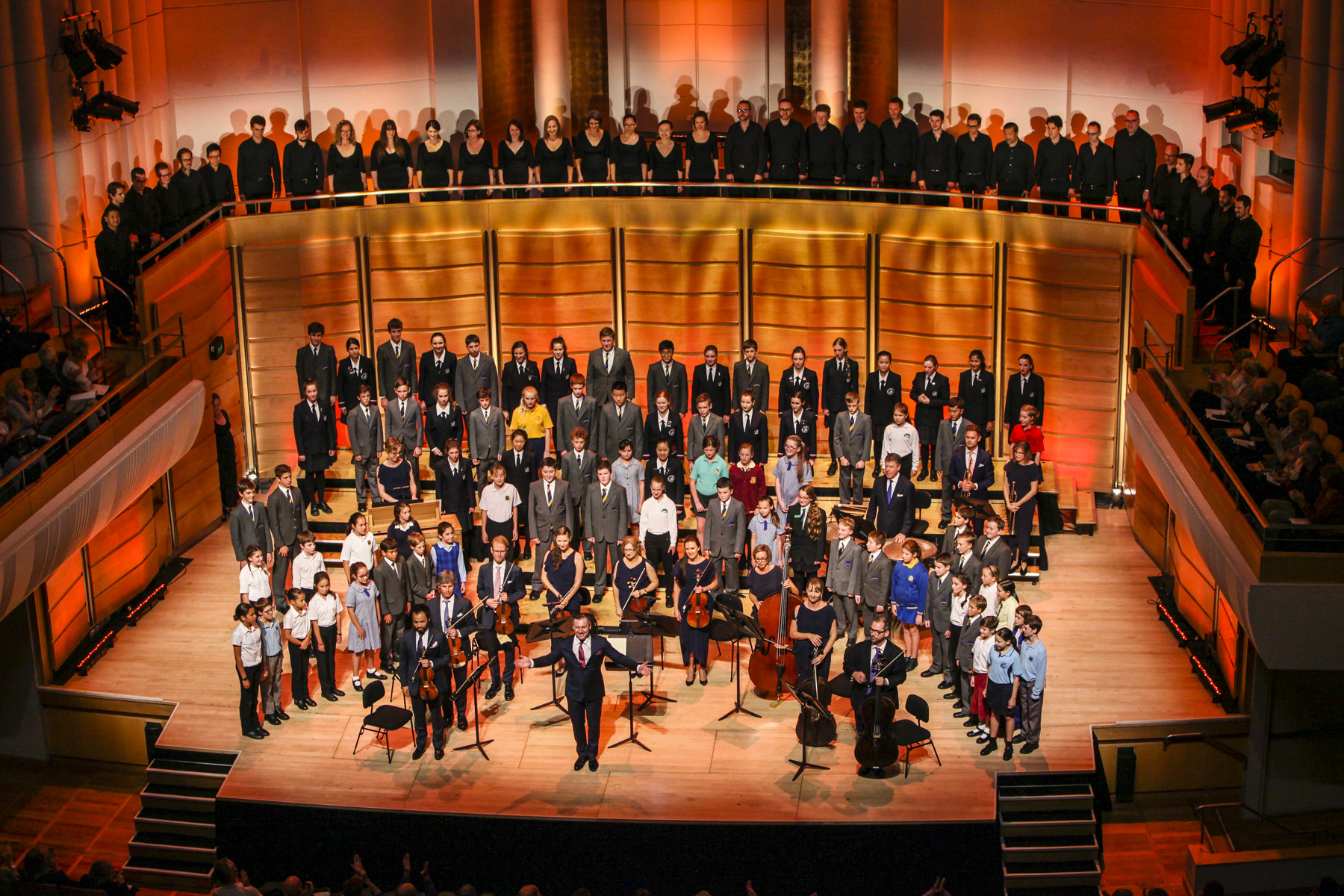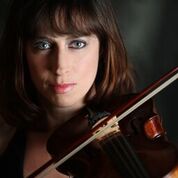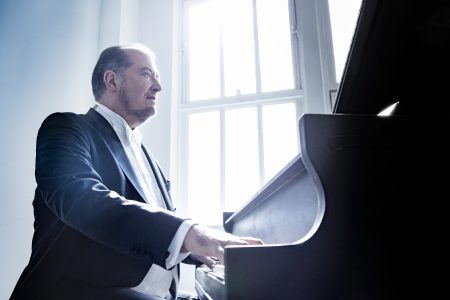Concert Review: Van Diemen’s Band/ Musica Viva
Van Diemen’s Band/ Musica Viva
City Recital Hall
6 May 2022
The six musicians of the Tasmanian Baroque ensemble Van Diemen’s Band presented a concert themed on composers who wrote across stylistic and national borders. It’s a curious concept whose, main thread of interest was how well the idea could be realised through the music.
Dietrich Becker’s opening item, the Sonata No. 5 in F Major from the Musicalische Frühlings-Früchte demonstrated well the keen sense of ensemble among the players, although more could have been made of the tonic minor and diminished chords which frequently occurred before cadence points – a distinctly non-German technique in a work which, as the programme notes emphasised, has distinctly Italian influences throughout.
The following group of short works and movements was cannily compiled by artistic director Julia Fredersdorff. The opening Galliard Battaglia from Samuel Scheidt’s Battle Suite could have had more made of its passing and auxiliary semiquavers, though contrast was created by Simone Slattery’s transition from second violin to recorder. Harpsichordist Donald Nicolson demonstrated choice ornamentation in the subsequent Paduan, also from Becker’s Musicalische Frühlings-Früchte. Another slow work, Les Pleurs by Jean de Sainte-Colombe, followed, sensitively played by Laura Vaughan and Anton Baba, both on bass viol. A fast Courant from Scheidt’s Ludi Musici prefaced a final Chaconne from Philipp Heinrich Erlebach’s Overture No. 2. This work once again showcased the togetherness of the ensemble, as the ground bass introduced by Nicolson was embellished with increasingly complex lines on top.
The first half concluded with arguably the most impressive work on the programme: Albinoni’s Sonata in C, Op. 2 No. 3 from the Sinfonia à 5. This piece, with two alternating slow and quick fugal movements, displays the composer’s skill in what is considered today a decidedly German form. The programme notes point out that Albinoni was admired by J. S. Bach, and Albinoni’s use of certain ideas as episodes which seem to undergo their own fugal development helps to provide contrast in material while maintaining unity of process, a technique which also shows up in some of the fugues of Bach’s own Well-Tempered Clavier. Though the ensemble could at times have done more to highlight their various entries in the first fugal movement, the first and third movements were well executed. The final fugue also featured good delineation of the (admittedly more clearly written) subject by Fredersdorff, Slattery and violist Katie Yap. As previously, Vaughan and Baba worked in synchrony with projection of their subjects and support of the upper voices alongside Nicolson.
After the interval, the longest work on the program, the first sonata from Georg Muffat’s Armonico Tributo, not for the first time featured multiple passages in thirds executed very well by Fredersdorff and Slattery. Placing the work directly after the Albinoni although separated by the interval, allowed quite direct comparisons to be made. While there was less of Albinoni’s emphasis on contrapuntal skill, Muffat made more interesting use of the ensemble’s range of register across the six movements of the piece. The one drawback of this was that, like in the early pieces of the programme, the sound could thin out in the upper registers, particularly when a softer dynamic and/or lighter tone was used.
María Huld Markan Sigfúsdóttir’s Clockworking, for Baroque string trio and tape was the first contemporary piece on the programme. As the lighting changed from a natural yellow to an aggressive blue, the tape began, fairly clearly entailing long held notes from Baroque stringed instruments and percussion. The ensemble’s part was similar throughout. The arc of the piece was clearly registral (expanding upwards), dynamic (growing louder) and timbral (adding more instruments), but there was little to retain interest otherwise. It might perhaps have been more effective to dispense with either the tape or onstage ensemble, given that the former often drowned out the latter, and some very interesting effects like bowed vibraphone may well have been achieved with the interplay of acoustic modern percussion and Baroque stringed instruments.
The Sonata Jucunda by an unknown composer, lived up to its playful title, not just in the minor seconds used to depict the croaking of frogs as mentioned in the programme notes, but also in structural terms, utilising compositional techniques such as ensemble unison and a violin cadenza, well executed by Fredersdorff, wholly contrasting with the other sonatas in the concert. Nicolson’s own chaconne, Spirals, ended the concert. This new commission made good use of modern harmony and techniques like pizzicato trills and viol bariolage, leading to a far thicker texture given the greater number of strings, and thus notes which can be played, though the harpsichord could dominate the middle of the range and a less consonant treatment of the bass line could have been effective. The ensemble was welcomed back for an encore – the Ciacona from Biber’s Serenada à 5, 877a (The Night Watch), with a vocal line sensitively played by Vaughan and effective use by Nicolson of the high register of the harpsichord.
This was an enjoyable evening of music which highlighted the often overlooked complexity and variety of the early and middle Baroque eras, well played by an ensemble with a clear affinity for and enjoyment of the repertoire.
Stephen McCarthy for SoundsLikeSydney©
Stephen McCarthy is an emerging writer and composer from Sydney, Australia. His writings on music include a series of essays on various operas; the first of these, “A Redefinition of Opera? Lay Thoughts on Seeing Philip Glass’ Akhnaten”, was published in the UNSWeetened Literary Journal. He also won the Nan Manefield Young Writers’ Award and the Senior Poetry Prize in the Mosman Youth Awards in Literature for his poem, “On the Ellipsis”.
As a composer, Stephen’s works include: for solo piano, an Improvisation, a Sonatina and a ballet after Thomas Hardy’s novel Far From the Madding Crowd; and a setting of Robert Bridges’ “Noel: Christmas Eve, 1913” for SSATBB choir.








What a silly, pretentious review! For his own sake, I hope this neophyte is a better composer than critic.